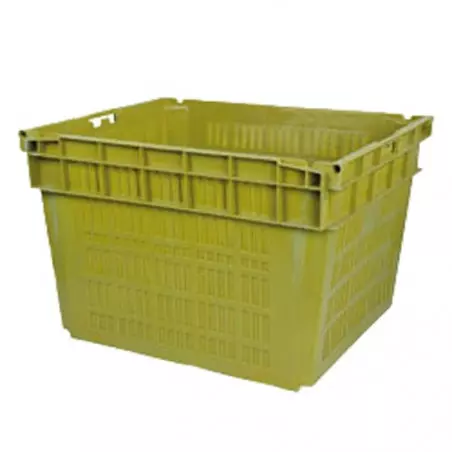High dosages of zinc oxide (ZnO) have been used for decades in piglet nutrition to prevent weaning diarrhoea. However, several studies have highlighted its negative effects on animals’ performance and on the environment. In order to decrease the use of ZnO in feed, the current study tested the hypothesis that protected ZnO in lower doses can substitute the conventional high dose of ZnO in weaned pigs. For this purpose, a total of 150 crossbred weaning pigs (28 days old) with an average body weight (BW) of 6.48 ± 1.58 kg were randomly allotted to 1 of 6 dietary treatments: a basal diet (NC); a basal diet with 2500 ppm unprotected ZnO (PC) and basal diets with 250, 500, 750 and 1000 ppm protected ZnO (PZ1, PZ2, PZ3 and PZ4 respectively). Piglets received the dietary treatments for 6 weeks in two phases.
As a result, the growth performance in pigs fed protected ZnO diets was comparable with PC diet, except for G/F ratio in phase 1. The coefficient of apparent total tract (CAATD) nutrient digestibility in pigs fed protected ZnO diets was similar to those who received the PC diet. The concentration of Zn in the serum was higher in pigs fed the PC diet than in pigs fed with protected ZnO diets. The faecal Zn concentrations were also higher in pigs fed PC diets compared to NC and PZ diets. A linear response of protected ZnO dose was observed on faecal Zn concentration. E. coli and Clostridium spp. counts were lower in the digesta from colon of pigs fed PC diet than protected ZnO diets during week 3. Faecal E. coli counts were greater in protected ZnO than in conventional ZnO during week 1 and 3. Faecal Lactobacillus counts were greater and Salmonella counts were lower in PZ1 and PZ2 diets than PC diets during week 6.

According to the results, growth performance and nutrient digestibility in pigs fed protected ZnO at lower dose were comparable to pigs fed with a conventional high dose of ZnO. Moreover, fecal Zn concentration was reduced in protected ZnO treatment. It could be concluded that lower doses of protected ZnO could replace the higher dose of conventional ZnO due to the similar performance results but lower environmental impact.
Upadhaya, S. D., Kim, Y. M., Lee, K. Y., and Kim, I. H. Use of protected zinc oxide in lower doses in weaned pigs in substitution for the conventional high dose zinc oxide. Animal Feed Science and Technology 240 (2018): 1-10. https://doi.org/10.1016/j.anifeedsci.2018.03.012





